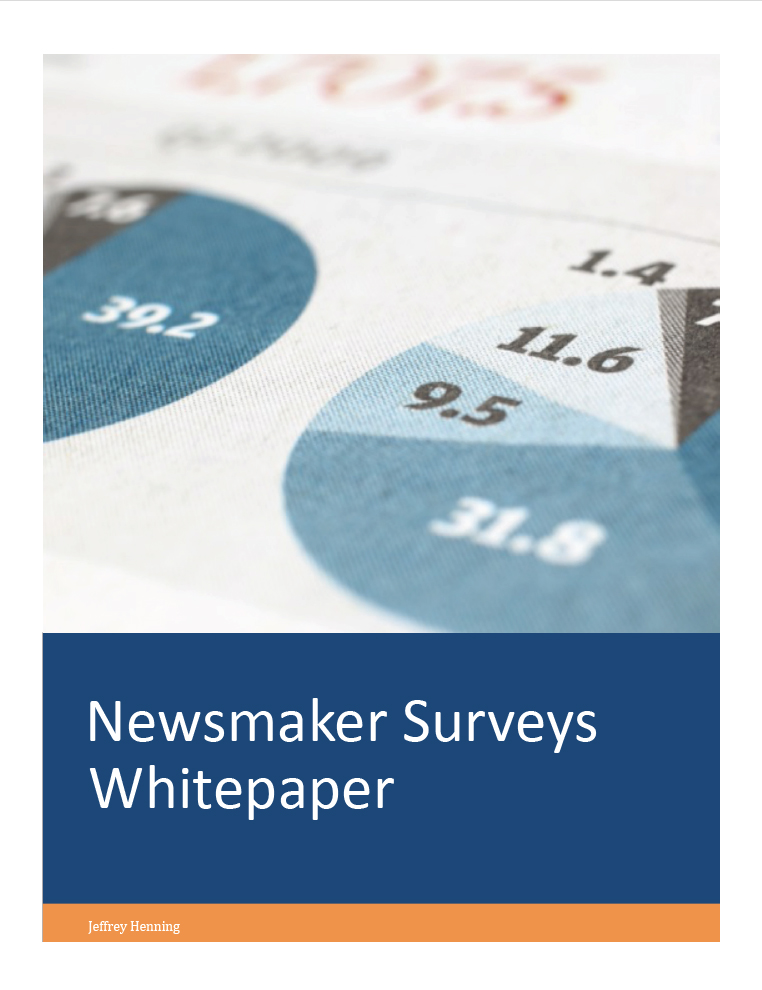Bloggers, in general, are even more pressed for time than reporters and are more likely to cut corners when reporting on your news release. All the resources you provide for reporters will assist bloggers, but they are more likely to use infographics than reporters are. Infographics – in the popular sense of multiple charts and graphs artfully combined into a single long image file – are a recent trend: only 19% of 2016 survey news releases included infographics or links to infographics (up from 13% in 2013).
News releases that claim to have “infographics” have illustrations that range from the simple (a single graph) to PDFs. A true infographic is in a web-ready graphic format such as .PNG, .JPG or .GIF and incorporates multiple data points. Here are thumbnails of some excellent survey infographics:
http://www.guided-selling.org/wp-content/uploads/consumer-expectations-infographic_0.jpg
https://gohopscotch.com/wp-content/uploads/2016/09/Hopscotch_Sports-Apps-vs-Other-Apps.jpg
Some news releases even feature embed codes so that bloggers can simply copy and paste a snippet of HTML to incorporate an infographic into their story. For instance, a BuyVia survey on the Apple Watch that was picked up by Business Insider and syndicated on CNN included this:

Bloggers, far more than reporters, are used to linking to other sites. Many news releases with surveys don’t offer any pages to link to. Publish a page to your blog or just your site summarizing the survey, preferably in a different format than the news release itself. (So that a blogger, copying your release and making minor edits, doesn’t have to reveal his or her wholesale borrowing of your wording.)
 This is an excerpt from the free Researchscape white paper, “Amp Up News Releases with Newsmaker Surveys”;. Download your own copy now:
This is an excerpt from the free Researchscape white paper, “Amp Up News Releases with Newsmaker Surveys”;. Download your own copy now: